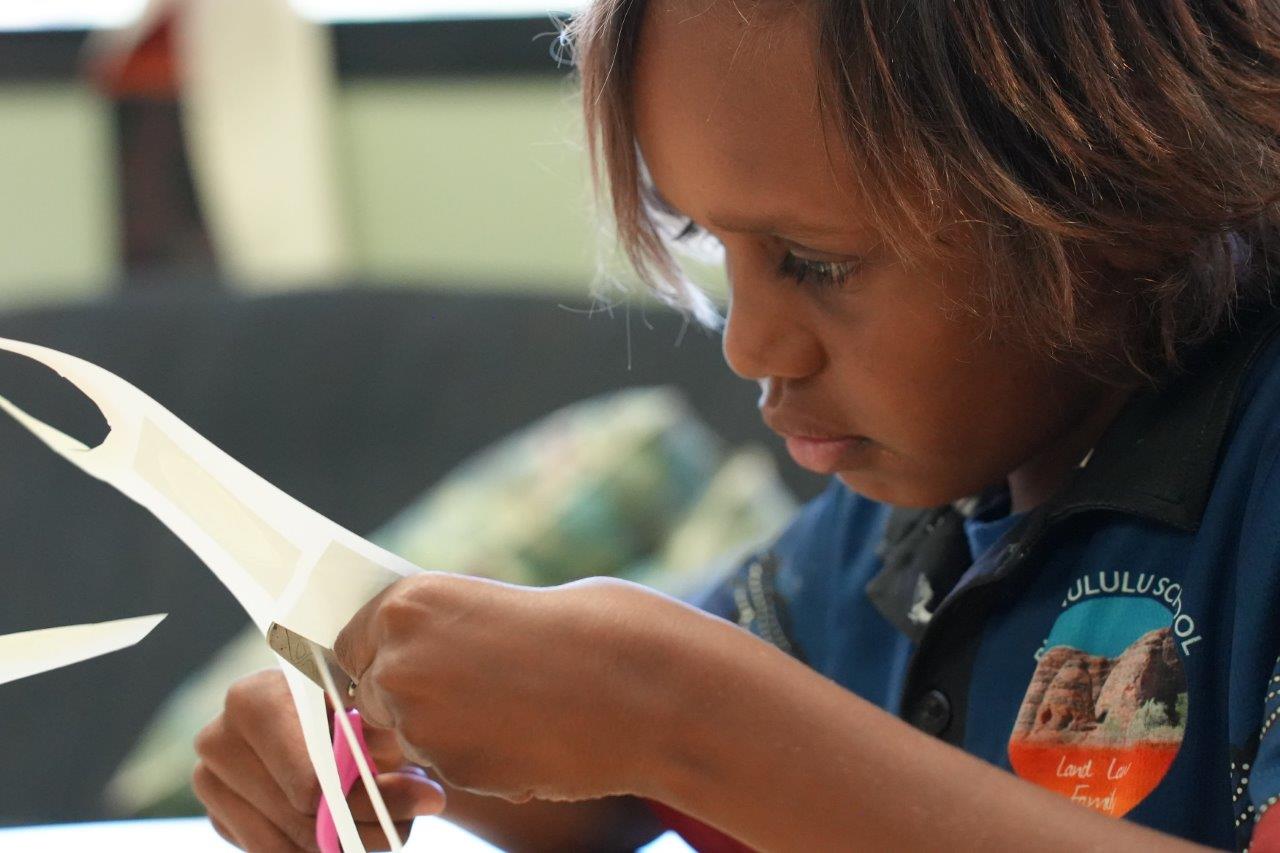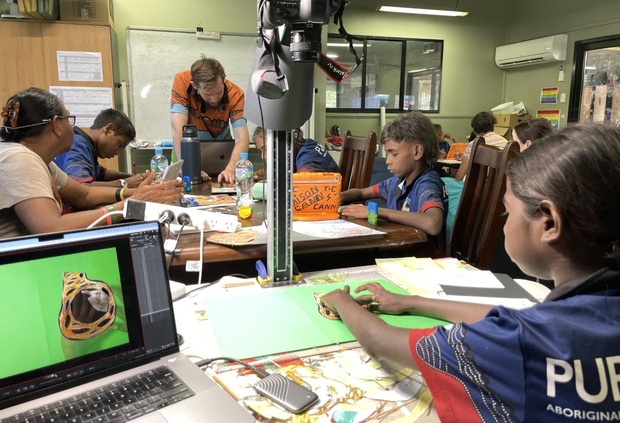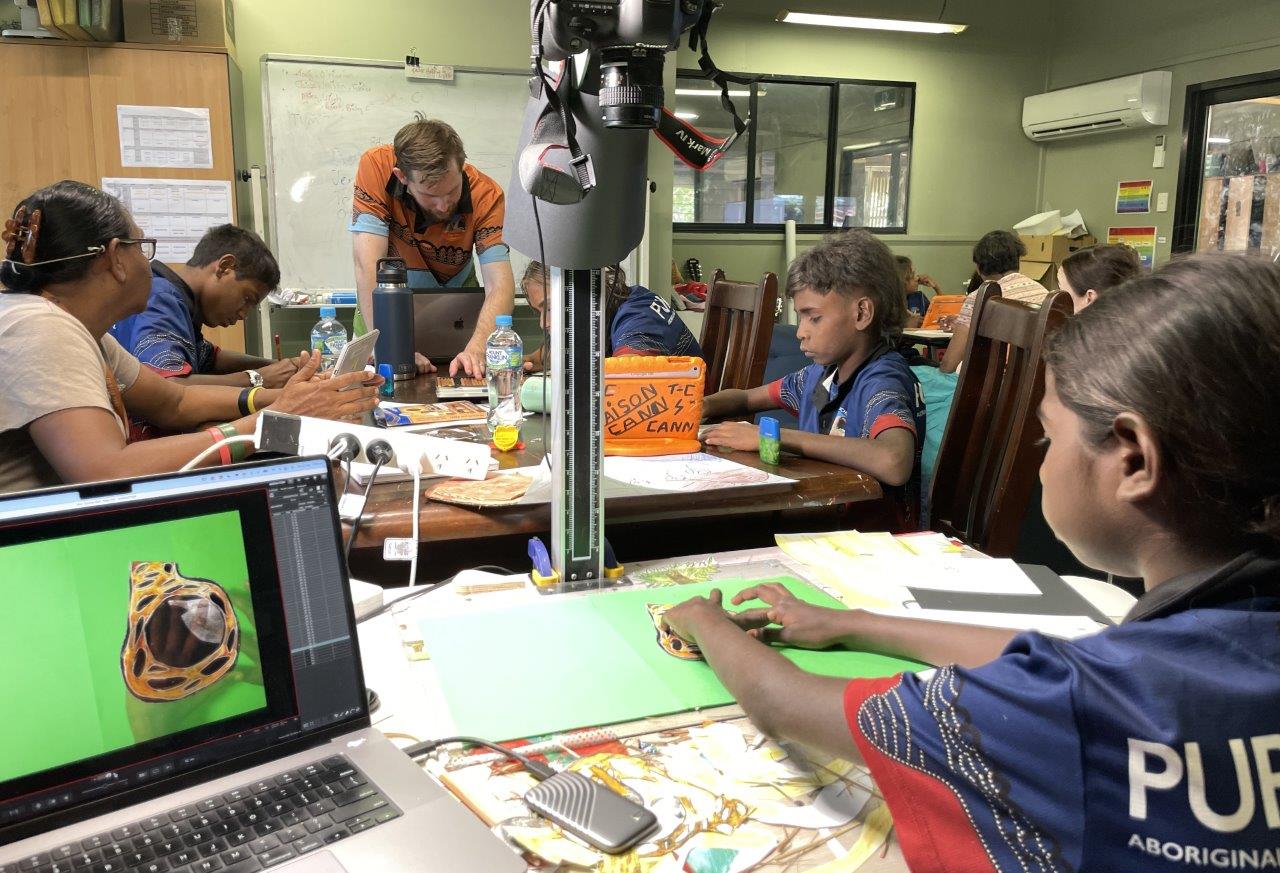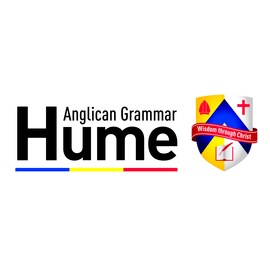The University of Queensland and First Nations not-for-profit SharingStories Foundation have partnered to produce the report, which has highlighted a lack of teacher cultural safety in Australian classrooms.
The study surveyed 61 teachers across three schools in South-East Queensland and South Australia, to identify challenges they faced delivering the national cross-curriculum priority of ‘Aboriginal and Torres Strait Islander Histories and Cultures’ from Prep to Year 10.
Despite being part of the national curriculum since 2012, the report found that 67 per cent of surveyed teachers identified as either not having the confidence to share First Nations knowledges across subject areas regularly, were worried about pronouncing words incorrectly or saying something inappropriate or offensive.
Together, these concerns imply a lack of teacher cultural safety.
While many non-Indigenous educators lack the confidence to meaningfully engage students in First Nations education, 90 per cent of teachers reported that special events, such as NAIDOC Week (July 7-14), were when they predominantly sought to embed Aboriginal and Torres Strait Islander perspectives into lessons.
The Holistic Approach to Embedding First Nations Perspectives report also undertook an evaluation of Jajoo Warrngara – The Culture Classroom platform and its First Nations authored resources.
The educational tool includes a suite of creative media and lessons all co-developed with First Nations elders and custodians, and aims to support educators in embedding Aboriginal and Torres Strait Islander histories and cultures into the Australian curriculum with confidence.
The key findings of the report reveal significant benefits for both educators and students:
- Confidence and Cultural Safety: educators reported increased confidence in delivering First Nations content with many reporting feelings of increased cultural safety.
- Student Engagement: educators observed heightened student engagement and interest in lessons involving the Jajoo Warrngara materials.
- Time Spent on Content: Prior to using the platform, 57 per cent of educators spent less than 30 minutes per week on embedding Aboriginal and Torres Strait Islander perspectives.
- Teacher Support and Resource Reliability: educators felt the resources provided were reliable and culturally appropriate, addressing concerns about the accuracy and sensitivity of embedding First Nations content.
Dr Yael Leibovitch is a lecturer and director of research at the UQ Critical Thinking Project and says a central finding from the study is the extensive capacity of the Jajoo Warrngara platform to support educators’ confidence and cultural safety when teaching Aboriginal and Torres Strait Islander histories and cultures.
“Teachers that work with Jajoo Warrngara’s multifaceted and engaging resources feel equipped and capable of providing students with enriching learning experiences regarding First Nations’ perspectives, across a range of disciplinary contexts and year levels,” Leibovitch says.
“This is significant given the dearth of meaningful experiences typically on offer in classrooms.”
The research found only one in three teachers (31 per cent) reported not having sufficient time or support to embed First Nations’ perspectives into their lesson plans, which the authors suggested point to “social, psychological, or epistemological [knowledge]” barriers.

Teachers working with Jajoo Warrngara's resources said they feel equipped and capable of providing students with enriching learning experiences regarding First Nations’ perspectives, across a range of disciplinary contexts and year levels.
Jajoo Warrngara has collaborated on the development of cultural media captured directly on the Country of Traditional Custodian partners and has a range of lessons for different years across Mathematics, Science, English, Humanities, Arts and Social Sciences, Media Arts, Design and Technology, and Health and Physical Education.
Educators also have access to cultural protocol guides created with custodians so they can be assured they are sharing the knowledges respectfully in their classrooms.
Sharon Williams, Co-CEO at SharingStories, said authentic representation can be challenging for teachers, so it is crucial they draw upon genuine resources written by First Nations teachers, such as Jajoo Warrngara.
“The research underscores the imperative need for teachers and schools to enhance their understanding and delivery of Aboriginal and Torres Strait Islander Histories and Cultures as part of the Australian Curriculum and help them to feel culturally safe in creating a supportive learning environment for all students.”
Williams says whilst NAIDOC Week is a great opportunity to explore First Nations curriculum, she’d like to see teachers foster a more inclusive and comprehensive educational experience that respects and celebrates First Nations knowledge more regularly across all learning areas.
“Our resources aim to provide invaluable insights and perspectives that can help foster meaningful partnerships with First Nations Custodians and community,” she says.
At present, the study suggests, for a majority of teachers, there is very little authentic embedding happening on a daily basis.
For First Nations learners, according to Jajoo Warrngara’s branding and communications specialist Sheree Jacobs, this means many don’t see themselves reflected in their learning, have no way of connecting to what they are learning and often have no lived experiences of the themes being taught, and as a result, struggle to contribute to discussions as active learners.
“This results in lower engagement, less understanding and lower academic achievement,” she says.
Ensuring that students see themselves reflected in their learning can only help to foster diverse and inclusive learning environments, Jacobs says.
“Embedding Aboriginal and Torres Strait Islander perspectives not just in curriculum, but in day-to-day practice can empower First Nations learners to contribute their own knowledge and enhance their learning through lived experiences, languages and cultures.”
Jacobs suggests six things that can contribute significantly to inclusive learning experiences for First Nations students:
- Creating positive and trusting teacher/student relationships, where teachers know their students and actively seek ways to engage families in decision-making.
- Implementing effective teaching strategies that are responsive to the local community, linguistic background and histories of First Nations learners.
- Critically reflecting on one’s own cultural biases and positions and knowing how this impacts daily practice, curriculum and language choices.
- Becoming agents for change by valuing the schools diversity and richness of culture and reflecting this in learning environments.
- Recognising and seeking ways to ensure First Nations people’s histories, values, languages, and cultures are acknowledged and respected in your school.
- Finally, Community, Community, Community! How is the First Nations community reflected in your school, the classroom and the learning? How have you engaged First Nations peoples to be actively involved in curriculum development and decision-making?
Read the full research report here.















